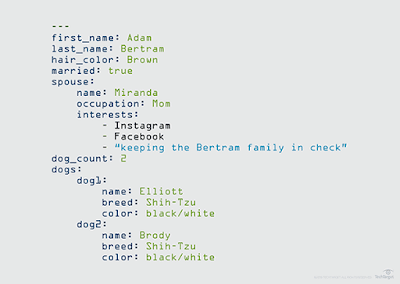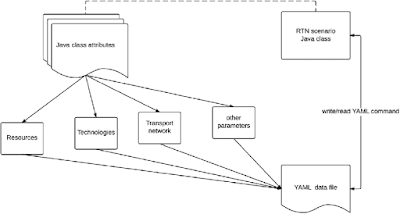Şimdi de Java'da yazdığımız kodları adım adım yorumlayalım.
EmployeeResource ve Employee sınıflarımızda kayda değer birşey yok.Daha önce öğrendiğimiz ek açıklamalar ile basit bir servis yazılmış.Dikkat edilecek tek yer, @Consume("application/yaml") olarak belirtilmiş.
Gördüğünüz gibi YamlEntityProvider<T> adında bir entity class'ımız mevcut.Entity classlarının kullanım amaçlarından biride o sınıfta kullanılacak veri tipinin sabit olmasıdır.Buna bağlı olarak güvelik seviyesi de artıyor.Implement ettiğimiz interface'teki fonksiyonları override etme zorunluluğunuz olduğunu biliyorsunuzdur.İşte bu yüzden bu interface'teki fonksiyonlar override ettik.Bu sınıfın provider olduğu açıklanmış ve @Produces ve @Consumes ile girdi çıktı işlemlerinin formatları belirlenmiş.Override edilmiş fonksiyonlarda okuma,yazma ve kontrol işlemlerini yaptık.Burada javanın input/output sınıfından yararlandık.Client sınıfımızda ise get,put ve delete metodlarımızı deneme amaçlı 3 fonksiyon yazdık.Burada dikkat edilmesi gereken
yer ise .register(new YamlEntityProvider<>()).Sağlayıcımızı kaydettik,gibi düşünebilirsiniz.Çıktımız ise aşağıda.
Bu yazımın devamı gelecektir.İyi çalışmalar...





Hiç yorum yok:
Yorum Gönder